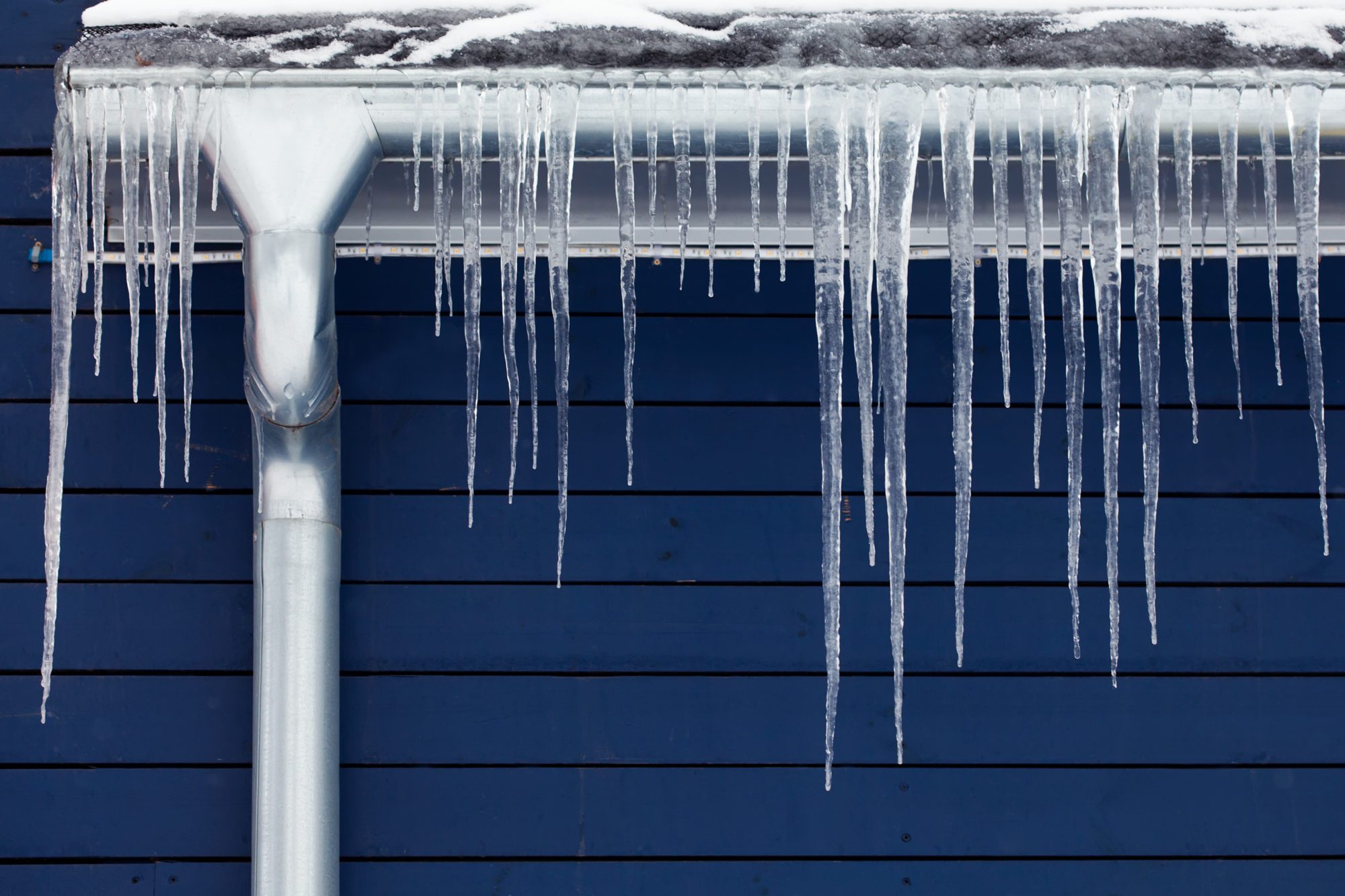Essential Advice to Avoid Frozen Plumbing in Cold Weather
Essential Advice to Avoid Frozen Plumbing in Cold Weather
Blog Article
Are you currently searching for related information involving Winter Plumbing Precautions: Preventing Frozen Pipes?

Cold weather can ruin your pipes, especially by freezing pipes. Below's just how to stop it from taking place and what to do if it does.
Intro
As temperatures decline, the threat of frozen pipes increases, potentially causing expensive fixings and water damages. Recognizing how to avoid frozen pipes is essential for property owners in cold climates.
Comprehending Frozen Pipelines
What creates pipes to ice up?
Pipes freeze when revealed to temperature levels below 32 ° F (0 ° C) for extended periods. As water inside the pipes ices up, it broadens, putting pressure on the pipeline walls and possibly causing them to rupture.
Threats and damages
Frozen pipes can cause water system disruptions, property damages, and pricey repair work. Burst pipelines can flood homes and cause extensive structural damage.
Indicators of Frozen Piping
Determining frozen pipes early can stop them from bursting.
Exactly how to determine icy pipes
Search for reduced water circulation from taps, uncommon smells or sounds from pipes, and visible frost on revealed pipelines.
Avoidance Tips
Insulating susceptible pipes
Wrap pipelines in insulation sleeves or make use of warmth tape to shield them from freezing temperature levels. Concentrate on pipelines in unheated or exterior areas of the home.
Home heating strategies
Maintain indoor rooms properly heated, specifically locations with plumbing. Open cupboard doors to allow cozy air to flow around pipes under sinks.
Safeguarding Outside Plumbing
Yard hoses and exterior faucets
Detach and drain yard hoses before winter months. Set up frost-proof faucets or cover outdoor faucets with protected caps.
What to Do If Your Pipelines Freeze
Immediate actions to take
If you think icy pipelines, maintain taps open to ease stress as the ice thaws. Use a hairdryer or towels soaked in hot water to thaw pipelines gradually.
Long-Term Solutions
Architectural changes
Consider rerouting pipelines far from outside wall surfaces or unheated locations. Include added insulation to attic rooms, basements, and crawl spaces.
Updating insulation
Invest in premium insulation for pipes, attics, and wall surfaces. Appropriate insulation assists preserve constant temperature levels and minimizes the threat of icy pipelines.
Verdict
Preventing frozen pipes calls for positive procedures and quick responses. By recognizing the reasons, indicators, and safety nets, property owners can safeguard their pipes during winter.
Helpful Tips to Prevent Frozen Pipes this Winter
UNDERSTANDING THE BASICS: WHY PIPES FREEZE AND WHY IT’S A PROBLEM
Water freezing inside pipes is common during the winter months, but understanding why pipes freeze, and the potential problems it can cause is crucial in preventing such incidents. This section will delve into the basics of why pipes freeze and the associated problems that may arise.
THE SCIENCE BEHIND FROZEN PIPES
When water reaches freezing temperatures, it undergoes a physical transformation and solidifies into ice. This expansion of water as it freezes is the primary reason pipes can burst. As the water inside the pipe freezes, it expands, creating immense pressure on the walls. If the pressure becomes too great, the pipe can crack or rupture, leading to leaks and water damage.
FACTORS THAT CONTRIBUTE TO PIPE FREEZING
Low Temperatures: Extremely cold weather, especially below freezing, increases the risk of pipes freezing. Uninsulated or Poorly Insulated Pipes: Pipes located in unheated areas, such as basements, crawl spaces, or attics, are more prone to freezing. Insufficient insulation or lack of insulation altogether exacerbates the problem. Exterior Wall Exposure: Pipes running along exterior walls are susceptible to freezing as they encounter colder temperatures outside. Lack of Heating or Temperature Regulation: Inadequate heating or inconsistent temperature control in your home can contribute to frozen pipes. PROBLEMS CAUSED BY FROZEN PIPES
- Pipe Bursting: As mentioned earlier, the expansion of water as it freezes can cause pipes to burst, resulting in significant water damage.
- Water Damage: When pipes burst, it can lead to flooding and water damage to your property, including walls, ceilings, flooring, and personal belongings.
- Structural Damage: Prolonged exposure to water from burst pipes can compromise the structural integrity of your home, leading to costly repairs.
- Mold and Mildew Growth: Excess moisture from water damage can create a favorable environment for mold and mildew growth, posing health risks to occupants.
- Disrupted Water Supply: Frozen pipes can also result in a complete or partial loss of water supply until the issue is resolved.
WHY CERTAIN PIPES ARE MORE PRONE TO FREEZING
- Location: Pipes located in unheated or poorly insulated areas, such as basements, crawl spaces, attics, or exterior walls, are at higher risk of freezing.
- Exterior Pipes: Outdoor pipes, such as those used for irrigation or exposed plumbing, are particularly vulnerable to freezing as they are directly exposed to the elements.
- Supply Lines: Pipes that carry water from the main water supply into your home, including the main water line, are critical to protect as freezing in these lines can affect your entire plumbing system.
- Underground Pipes: Pipes buried underground, such as those connected to sprinkler systems or outdoor faucets, can be susceptible to freezing if not properly insulated.
https://busybusy.com/blog/helpful-tips-to-prevent-frozen-pipes-this-winter/

We were made aware of that write-up about How to prepare your home plumbing for winter weather from someone on a different website. Appreciated our piece? Please share it. Help somebody else discover it. Many thanks for being here. Revisit us soon.
Call Today Report this page